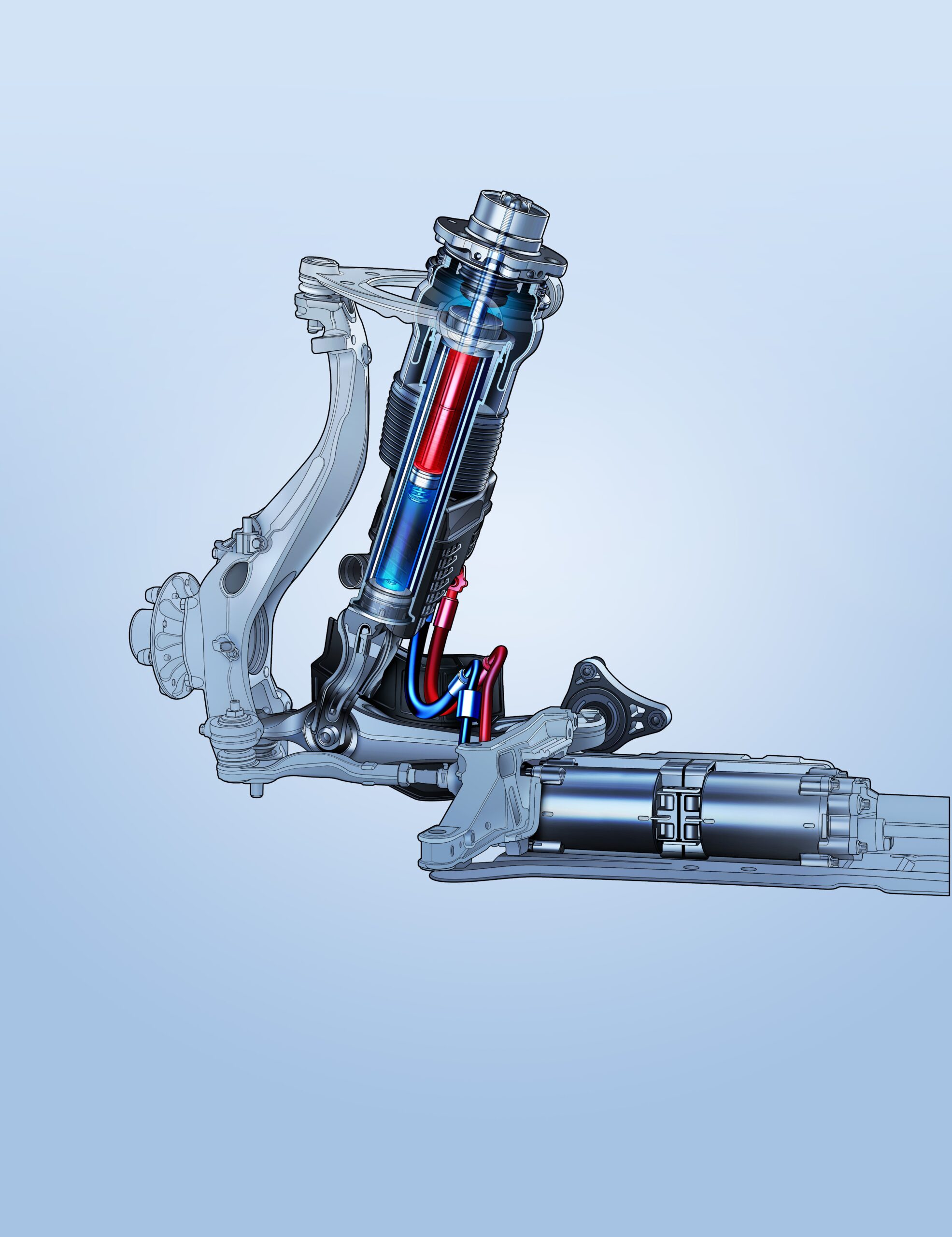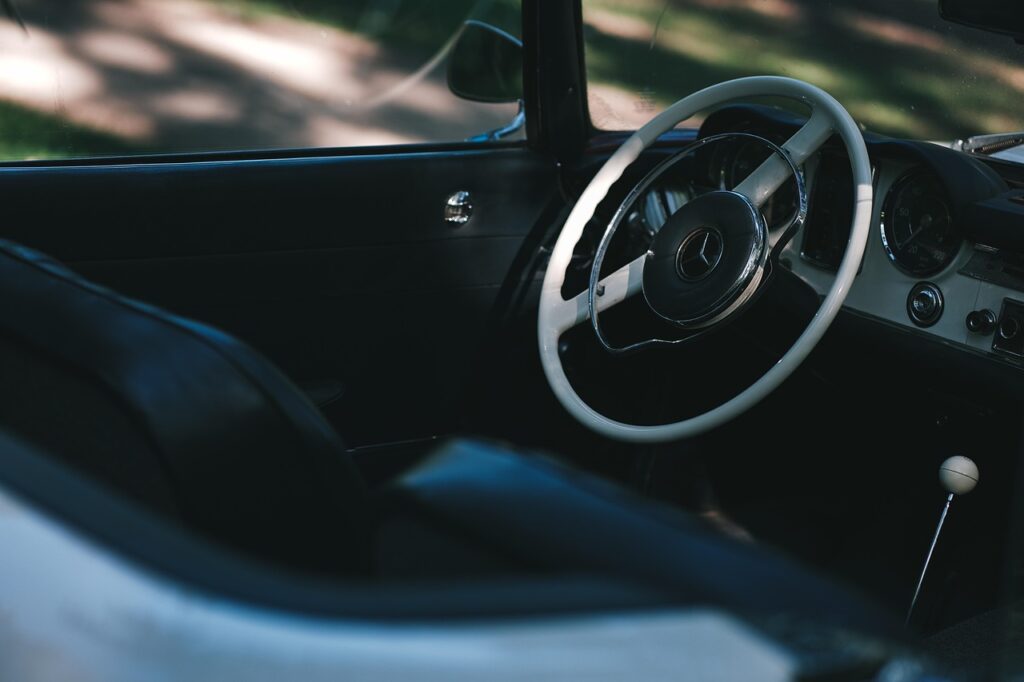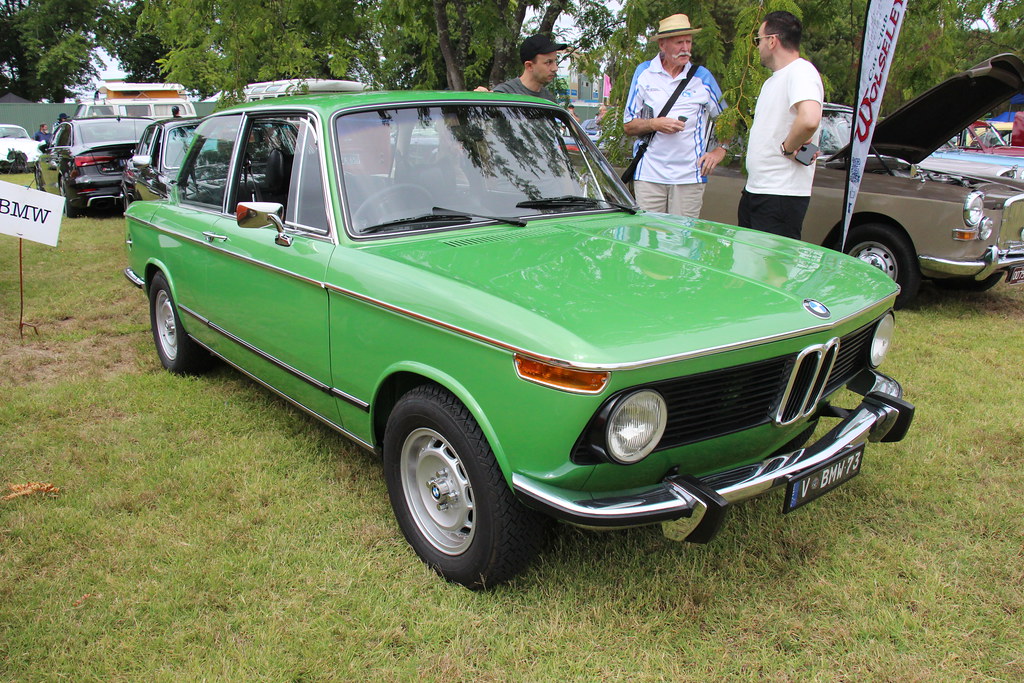For many consumers, the purchase price of a new car, averaging over $47,000, is just the beginning of their financial commitment. What often surprises owners later is the staggering reality of long-term maintenance and repair costs. While some vehicles are lauded for their enduring reliability and affordable upkeep, others become veritable money pits, turning initial excitement into a costly “$10,000 mistake” or far worse.
Understanding why certain vehicles demand such exorbitant repair bills is crucial for any discerning buyer. Factors like sophisticated engineering, premium materials, cutting-edge technology, and the sheer rarity of parts can inflate expenses exponentially. These elements, while contributing to a superior driving experience or advanced capabilities, also create a landscape where even minor malfunctions can lead to eye-watering invoices from the repair shop.
This in-depth guide aims to empower you with actionable insights, drawing directly from owner experiences and expert analyses. We delve into specific models notorious for their steep repair costs, breaking down the underlying reasons why these vehicles can clean out wallets faster than others. By understanding these pitfalls, you can navigate the automotive market with greater confidence, ensuring your next vehicle purchase is a wise investment rather than a financial burden.
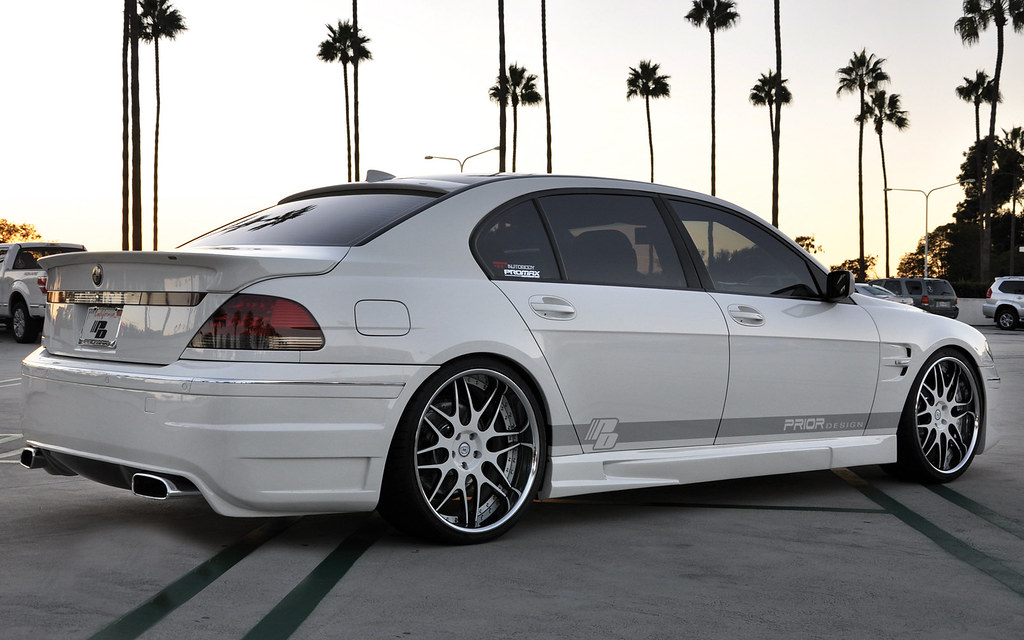
1. **BMW 7 Series**
The BMW 7 Series, a flagship model renowned for its supreme luxury and advanced technology, frequently tops lists of vehicles with the most expensive repair costs. Owners often confront high labor charges stemming from the requirement for proprietary equipment and specialized software, essential for even routine diagnostics. The intricate designs and specialized parts that contribute to its exceptional performance and comfort come at a significant price when replacements are needed.
For instance, the sophisticated engineering within the 7 Series means that components like its advanced electronics systems are often unique to the brand. This requires proprietary manufacturing that makes parts costly to reproduce or replace. What might appear as a minor electrical glitch can quickly escalate into a repair bill exceeding $5,000, particularly when dealing with complex electrical issues or, in more severe cases, transmission failures.
The blend of high-end materials, complex systems, and the need for expert mechanics—often factory-trained technicians—pushes repair expenses far beyond what one would expect for a more conventional vehicle. The commitment to maintaining a BMW 7 Series means budgeting for significantly higher ongoing costs, a critical consideration for any potential owner.
Car Model Information: 2023 Honda Accord LX
Name: BMW 7 Series
Caption: BMW 7 Series (G11)
Manufacturer: BMW
Production: 1977–present
Class: Full-size car,luxury car
BodyStyle: sedan (car)
Predecessor: BMW New Six
Categories: All articles with dead external links, Articles with dead external links from July 2021, Articles with short description, BMW vehicle series, CS1 Chinese-language sources (zh)
Summary: The BMW 7 Series is a full-size luxury sedan manufactured and marketed by the German automaker BMW since 1977. It is the successor to the BMW E3 “New Six” sedan and is now in its seventh generation.
The 7 Series is BMW’s flagship car and is only available in a sedan bodystyle (including long wheelbase and limousine models). It traditionally introduces technologies and exterior design themes before other models in BMW’s lineup.
The first generation of the 7 Series was powered by straight-6 petrol engines, and following generations have been powered by inline-4, straight-6, V8 and V12 engines with both natural aspiration and turbocharging. Since 1995, diesel engines have been optional in the 7 Series.
Unlike the BMW 3 Series and BMW 5 Series sedans, BMW does not offer a full M model, but once offered an M performance variant, the BMW M760 with its 6.6L V12 (at the time the most powerful BMW ever made, not to be confused with BMW 760 6.6 V12 which does not offer the same performance). The Alpina B7 served as the high-performance variant of the 7 Series.
Get more information about: BMW 7 Series
Buying a high-performing used car >>>
Brand: BMW Model: 7 Series
Price: $25,677 Mileage: 15,933 mi.
Read more about: Ford Mustang Mach-E Recall Alert: Unpacking the High-Voltage Fire Risk and Lockout Hazards for Owners
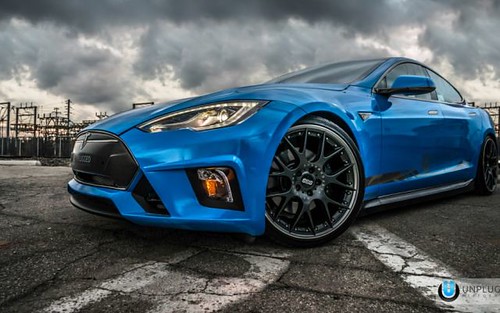
2. **Tesla Model S**
The Tesla Model S, a pioneer in the electric vehicle market, presents a unique dichotomy when it comes to ownership costs. While its electric powertrain inherently reduces many traditional wear-and-tear components, leading to lower routine maintenance costs for basic service appointments like tire rotations and inspections, it is notoriously expensive for specific, high-impact repairs. This is where the “massive repair bill” aspect becomes starkly evident for the Model S.
One of the most significant potential financial shocks for a Model S owner is a battery replacement, which can cost upwards of $20,000. This single expense alone places it firmly in the category of vehicles that can incur massive repair bills. Furthermore, the Model S’s reliance on integrated software means that even what might seem like minor tech updates or diagnostic issues can necessitate professional recalibration, adding to the expense. For example, replacing the touchscreen console can cost upwards of $1,500 due to its deep integration with the car’s central operating system.
Despite its overall low 10-year maintenance cost of $4,566 compared to other luxury vehicles, the Model S carries a high risk of specific, catastrophic repair events. Its advanced technology, while offering impressive performance and range, also introduces complex systems that, when they fail, require specialized expertise and incredibly costly parts. This makes it crucial for potential buyers to understand the specific risks associated with its cutting-edge design.
Car Model Information: 2023 Honda Accord LX
Name: Tesla Model S
ModelYears: 2013–present
Alt: A front-three quarter view of a gray Model S
Caption: #2016–2019: First major update
Designer: Franz von Holzhausen
Weight: cvt
Height: cvt
Width: cvt
Length: cvt
Wheelbase: cvt
ElectricRange: cvt
Battery: kWh,lithium-ion battery
Motor: Unbulleted list
Transmission: Reduction drive
Related: Tesla Model X
Layout: Rear-motor, rear-wheel drive,Dual-motor, all-wheel-drive,Tri-motor, all-wheel-drive layout
BodyStyle: liftback,sedan (automobile)
Class: Full-size car
Assembly: Unbulleted list
Production: June 2012 – present
Manufacturer: Tesla, Inc.
Sp: us
Chassis: Unibody
Categories: 2020s cars, All-wheel-drive vehicles, All Wikipedia articles written in American English, All articles containing potentially dated statements, Articles containing potentially dated statements from 2025
Summary: The Tesla Model S is a battery-electric, four-door full-size car produced by the American automaker Tesla since 2012. The automaker’s second vehicle and longest-produced model, the Model S has been described as one of the most influential electric cars in the industry. Car and Driver named it one of the best cars of the year in 2015 and 2016. Its various accolades include the Motor Trend Car of the Year Award in 2013.
Tesla started developing the Model S around 2007 under the codename WhiteStar. Initially, Henrik Fisker was appointed as the lead designer for the WhiteStar project; after a dispute with Elon Musk, Tesla’s CEO, Fisker was replaced by Franz von Holzhausen. By 2008, von Holzhausen had designed what would become the production Model S’s exterior. Tesla unveiled a prototype of the vehicle in March 2009 in Hawthorne, California. In 2010, Tesla acquired a facility in Fremont, California, to produce the Model S, which was previously owned by General Motors and Toyota. Series manufacture of the car officially began at the Tesla Fremont Factory in June 2012. Tesla carried out the final assembly for European markets at its facilities in Tilburg, Netherlands, between 2013 and 2021.
The Model S typically uses either one or initially two alternating current induction motors; since 2019, dual-motor versions have used a permanent magnet motor in the front, though the high-performance Model S Plaid’s three motors are permanent magnet units by default. Constructed mostly of aluminum, the Model S shares 30 percent of its components with the Model X—a crossover SUV that was introduced in 2015. The Model S has undergone several updates during its production, the most prominent ones occurring in 2016 and 2021. These updates have usually included modifications to the motor, such as changes to power or torque, revised exterior elements, and refreshed interior features. One such change included the 2015 introduction of Tesla Autopilot—a partial vehicle automation advanced driver-assistance system.
In 2015, the Model S was the world’s best-selling plug-in electric vehicle. In 2012, it was included on Time’s list of the Best Inventions of the Year, and the magazine later included it on its list of the 10 Best Gadgets of the 2010s in 2019. In 2014, The Daily Telegraph described the Model S as a “car that changed the world”. Road & Track argued that, with the introduction of the Plaid and features such as the yoke steering wheel, Tesla managed to turn the Model S into “perhaps one of the worst [cars in the world]”.
Get more information about: Tesla Model S
Buying a high-performing used car >>>
Brand: Tesla Model: Model S
Price: $25,677 Mileage: 15,933 mi.
Read more about: 15 Trucks Owners Wish They Never Bought: Unpacking the Crippling Costs and Regrets
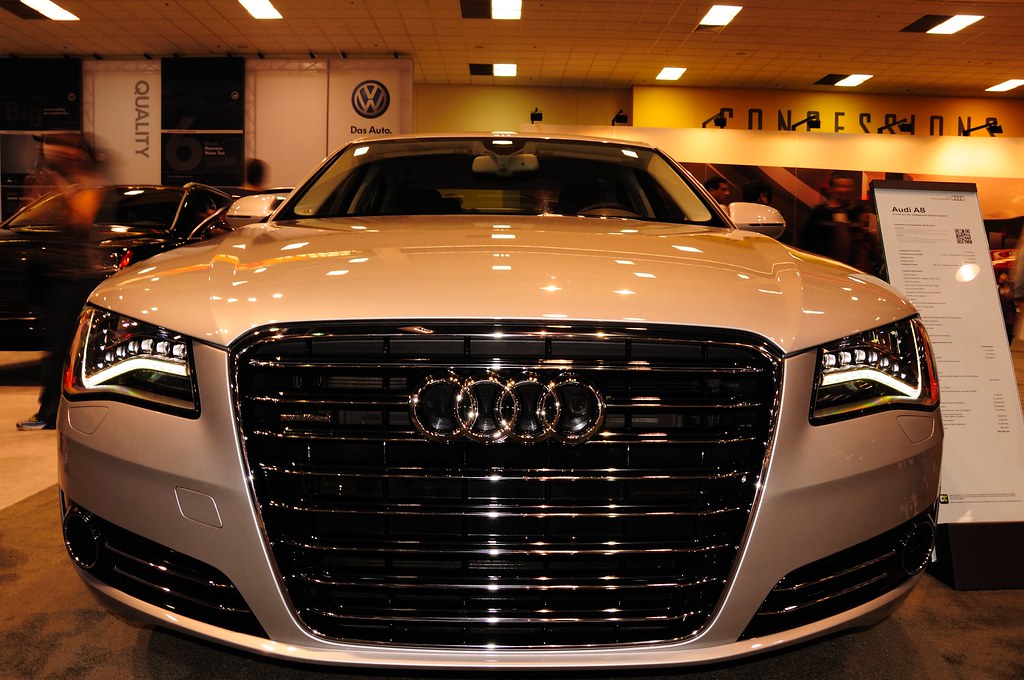
3. **Audi A8**
As another prominent luxury sedan, the Audi A8 is celebrated for its advanced suspension systems and high-performance engine, features that contribute to its refined driving experience. However, these very elements can make repairs exceptionally complex and, consequently, very pricey. The sophisticated engineering and premium components mean that standard fixes are often far from simple or inexpensive.
A common area of significant expenditure for Audi A8 owners involves its advanced suspension system. A repair or full replacement of this intricate system can easily cost over $3,500. Beyond major component failures, even routine maintenance for the A8 doesn’t come cheap, reflecting the brand’s commitment to high-end parts and specialized labor. The complexity extends to its powerful engines, where diagnostic and repair work requires specific tools and highly trained technicians.
The Audi A8 exemplifies how a vehicle’s pursuit of cutting-edge performance and luxury can inadvertently lead to substantial long-term ownership costs. Potential buyers must recognize that the initial allure of its premium features comes with the ongoing financial commitment required to maintain its sophisticated mechanics and electronics, distinguishing it from vehicles with more straightforward and affordable upkeep.
Car Model Information: 2025 Audi A8 L 55
Name: Audi A8
Manufacturer: Audi AG
Assembly: Neckarsulm
Production: #D2
Class: Full-size,luxury car
BodyStyle: sedan (automobile)
Platform: List of Volkswagen Group platforms
Layout: FF layout
Related: Audi S8
Predecessor: Audi V8
Categories: 2000s cars, 2010s cars, 2020s cars, All-wheel-drive vehicles, All articles lacking reliable references
Summary: The Audi A8 is a full-size luxury sedan manufactured and marketed by the German automaker Audi since 1994. Succeeding the Audi V8, and now in its fourth generation, the A8 has been offered with either front- or permanent all-wheel drive and in short- and long-wheelbase variants. The first two generations employed the Volkswagen Group D platform, with the current generation deriving from the MLB platform. After the original model’s 1994 release, Audi released the second generation in late 2002, the third in late 2009, and the fourth and current iteration in 2017. Noted as the first mass-market car with an aluminium chassis, all A8 models have used this construction method co-developed with Alcoa and marketed as the Audi Space Frame.
A mechanically upgraded, high-performance version of the A8 debuted in 1996 as the Audi S8. Produced exclusively at Audi’s Neckarsulm plant, the S8 is fitted standard with Audi’s quattro all-wheel drive system. The S8 was only offered with a short-wheelbase for the first three generations, being joined by a long-wheelbase variant for the fourth generation.
Get more information about: Audi A8
Buying a high-performing used car >>>
Brand: Audi Model: A8
Price: $76,711 Mileage: 935 mi.
Read more about: A Costly Lesson Learned: 15 New Cars Buyers Would “Unbuy” to Escape Terrible Fuel Economy
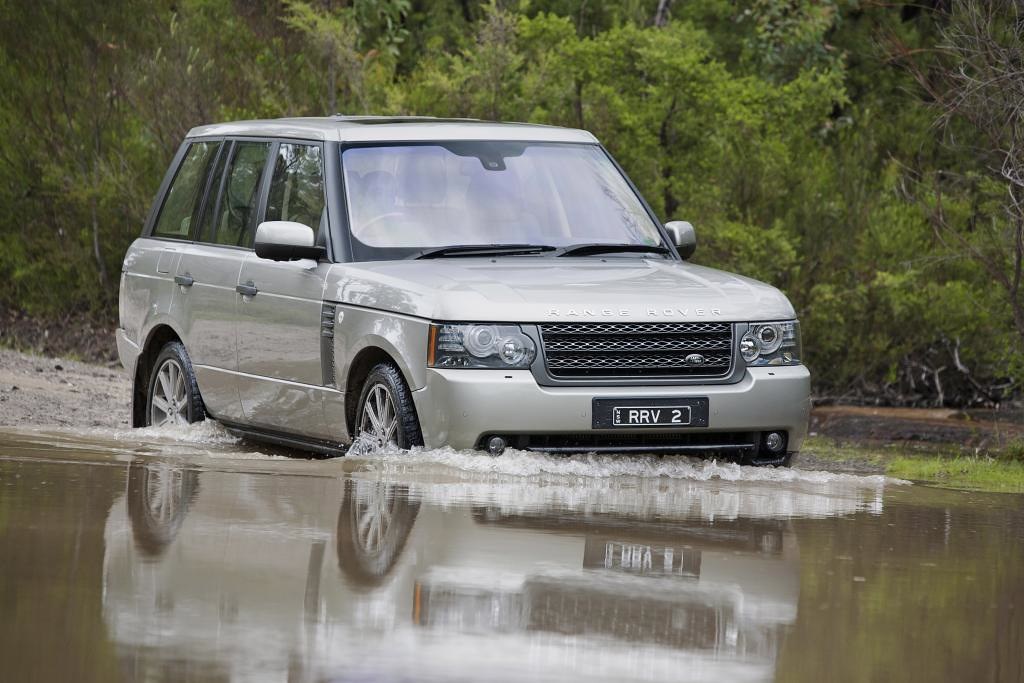
4. **Range Rover Vogue**
The Range Rover Vogue perfectly marries rugged off-road capabilities with an unparalleled level of high-end luxury, offering a versatile yet premium experience. However, this unique blend also translates into a steep price tag when it comes to repairs. Its specialized design and robust features are prone to specific issues that can quickly accumulate into thousands of dollars in expenses, making it a frequent entry on lists of expensive vehicles to maintain.
Among the most common and costly problems reported by Range Rover Vogue owners are issues with the air suspension system and various electrical faults. These are not minor inconveniences; rectifying either of these can easily cost thousands of dollars, significantly impacting an owner’s budget. The complex integration of luxury amenities with the demanding requirements of off-road performance means that components are often bespoke and require expert attention.
Maintaining the Range Rover Vogue demands a budget that accounts for these common, high-cost repairs. Its status as a luxury vehicle, combined with its specialized mechanical demands, ensures that any trip to the mechanic will likely involve premium parts and labor rates. Buyers are well-advised to factor in these potential massive repair bills when considering a Range Rover Vogue, understanding that its blend of capabilities comes with a significant financial commitment.
Car Model Information: 2023 Honda Accord LX
Caption: 2022 Range Rover SE P440e (L460, fifth generation, United Kingdom)
Aka: unbulleted list
Name: Range Rover
Manufacturer: unbulleted list
Production: 1969–present
Assembly: unbulleted list
Class: unbulleted list
Layout: Front-engine, four-wheel-drive layout
Sp: uk
Categories: 1980s cars, 1990s cars, 2000s cars, 2010s cars, 2020s cars
Summary: The Land Rover Range Rover, generally shortened to Range Rover, is a 4WD luxury mid to full size crossover marque and sub-brand of Jaguar Land Rover, owned by India-based Tata Motors. The Range Rover line was launched in 1970 by British Leyland and since 2022 is in its fifth generation.
Additional models have been launched under the Range Rover name, including the Range Rover Sport, Range Rover Evoque, and Range Rover Velar.
Get more information about: Range Rover
Buying a high-performing used car >>>
Brand: Range Rover Model: Vogue
Price: $25,677 Mileage: 15,933 mi.
Read more about: Prince Rogers Nelson: The Architect of Sound – A Comprehensive Journey Through the Life and Enduring Legacy of a Musical Icon
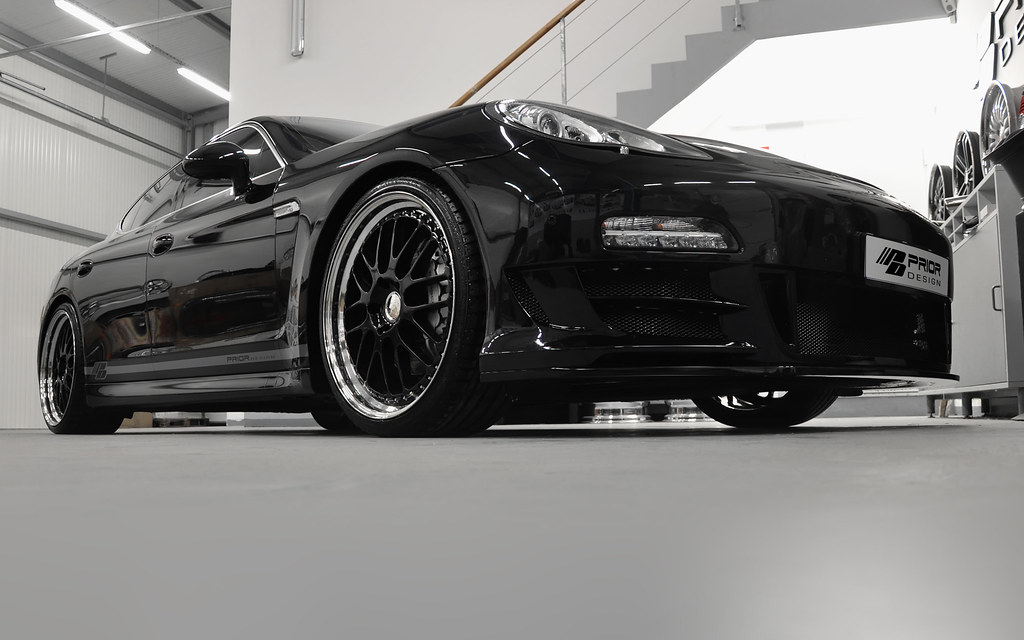
5. **Porsche Panamera**
Porsche is synonymous with precision engineering, delivering exhilarating performance and refined luxury. Yet, maintaining a vehicle like the Porsche Panamera is far from economical. This high-performance sedan, while a marvel of automotive design, features complex systems and bespoke components that drive repair costs into the upper echelons of the automotive market. Owners must be prepared for a premium on every service and repair.
Specifically, repairs involving the Panamera’s advanced turbo systems or its intricate drivetrain can be extraordinarily expensive, often setting owners back by $10,000 or even more. These components are engineered for peak performance and durability, but their complexity means that diagnostic and repair procedures are highly specialized. This requires not only specific tools but also technicians with a deep, brand-specific understanding, contributing to increased labor costs.
Even basic service appointments for the Porsche Panamera tend to be two or three times costlier than those for standard cars. The brand’s commitment to maintaining its performance legacy means that parts are often proprietary and carry a high price tag. For those drawn to the Panamera’s blend of speed and luxury, understanding these inherent, massive repair costs is critical for a realistic assessment of long-term ownership expenses.
Beyond individual models, a deeper understanding of overarching vehicle characteristics and market dynamics reveals several categories that consistently lead to exorbitant repair expenses. These factors, often interwoven, can turn what appears to be an attractive purchase into a significant long-term financial drain. By examining these systemic issues, consumers can make more informed decisions, sidestepping common pitfalls that result in surprisingly high maintenance and repair invoices.
Car Model Information: 2018 Porsche Panamera Base
Name: Porsche Panamera
Caption: 2024 Porsche Panamera (976)
Manufacturer: Porsche
Production: 2009–present
Assembly: Leipzig
Class: Luxury car
Layout: Front-engine, rear-wheel-drive layout
Predecessor: Porsche 989
Sp: uk
Categories: 2010s cars, 2020s cars, All-wheel-drive vehicles, All articles containing potentially dated statements, All articles with unsourced statements
Summary: The Porsche Panamera is a mid- to full-sized luxury car (E-segment or F-segment for LWB in Europe) manufactured and marketed by German automobile manufacturer Porsche. It currently spans across three generations, using a front-engine and rear- or all-wheel drive configuration.
The Panamera debuted at the 13th Auto Shanghai International Automobile Show in April 2009, later launching hybrid and diesel versions in 2011. In April 2013, the company introduced a facelifted model, again at the Shanghai Auto Show, followed by the US introduction of a plug-in hybrid version, the Panamera S E-Hybrid, in November 2013. Porsche launched the second-generation Panamera in 2016, and in November 2023, the third generation was introduced.
The Panamera name, as with the Carrera name, is derived from the Carrera Panamericana race.
Get more information about: Porsche Panamera
Buying a high-performing used car >>>
Brand: Porsche Model: Panamera
Price: $39,880 Mileage: 56,253 mi.
Read more about: Get Ready to Rev Your Engines: A Deep Dive Into Val Kilmer’s Jaw-Dropping Car Collection, Both On-Screen and Off!
.jpg)
6. **Vehicles with Advanced Technology and Features**
Modern automobiles are increasingly sophisticated, packed with state-of-the-art features designed to enhance safety, convenience, and entertainment. From intricate lane-keeping systems and adaptive cruise control to expansive infotainment touchscreens, these technological advancements undoubtedly improve the driving experience, offering capabilities that were once unimaginable. However, this growing complexity introduces a new frontier of potential repair expenses that traditional vehicles rarely encountered, presenting a significant financial challenge for owners.
The very nature of these advanced systems makes them susceptible to malfunctions that are often far more costly and complex to rectify than conventional mechanical issues. Unlike basic engine or transmission components, which mechanics have been servicing for decades, these cutting-edge electronic and software-driven features require a different kind of expertise. When a high-tech component fails, it’s not simply a matter of swapping out a basic part; it involves intricate diagnostics and specialized recalibration that can only be performed by technicians with specific training and equipment.
The deep integration of these systems within the vehicle’s central operating framework further complicates repairs. Components designed to communicate seamlessly across multiple car functions mean that an issue in one area can ripple through others, making troubleshooting lengthy and expensive. For instance, sensors critical for advanced driver-assistance systems (ADAS) are often intricately linked, requiring precise alignment and software updates after even minor bodywork.
A prime example that resonates with many owners is the replacement of a Tesla Model S touchscreen console. What might seem like a straightforward fix on the surface can quickly escalate into a repair costing upwards of $1,500. This is not just for the display unit itself, but due to its profound integration with the car’s central operating system, which necessitates specific proprietary software and expert recalibration. Such instances underscore how the pursuit of cutting-edge technology, while offering impressive capabilities and a premium user experience, also introduces significant financial risks and substantially higher service invoices when repairs become necessary.
Read more about: A Costly Lesson Learned: 15 New Cars Buyers Would “Unbuy” to Escape Terrible Fuel Economy

7. **Niche or Limited-Production Models**
The allure of owning a unique or exclusive vehicle can be incredibly strong, drawing discerning consumers to niche brands or limited-production models. These automobiles often stand out with distinctive designs, specialized performance, or a coveted sense of exclusivity that sets them apart from the everyday commute. However, this very uniqueness, while appealing, frequently translates directly into substantially higher repair costs, a critical financial consideration that any potential buyer must meticulously factor into their long-term ownership budget.
A primary and unavoidable driver of these inflated expenses is the simple economic principle of supply and demand, particularly concerning parts availability. Cars from niche brands or those produced in limited quantities often do not benefit from a readily available supply of components in the broader automotive aftermarket. Unlike mass-produced vehicles where parts are standardized, widely stocked by numerous suppliers, and often interchangeable across models, sourcing replacements for these specialized vehicles becomes a significant logistical and financial challenge.
This scarcity directly impacts pricing; when the supply of a specific, bespoke part is limited to a handful of distributors or the original manufacturer, the cost of that part invariably rises dramatically. Furthermore, the specialized manufacturing processes often involved in creating these unique components contribute to their higher baseline price. Even a minor accident or mechanical failure requiring a specific part can lead to extensive delays and exorbitant costs.
The context provides a stark illustration: repairs for exotic cars like Maserati or Lamborghini frequently necessitate importing components directly from manufacturers overseas. This complex international logistics chain not only adds to the intrinsic cost of the part but also incurs significant shipping fees and tariffs, extending repair times considerably. This combination of bespoke components, limited supply, and global sourcing transforms what might be a minor issue in a common car into a substantial financial burden, making these models prime candidates for unexpected “massive repair bills.”
Read more about: Revving Up History: Unearthing the Forgotten Engines That Forged American Muscle Legends

8. **Vehicles Requiring Specialized Labor**
The increasing sophistication and complexity of modern automotive engineering mean that the days of a single, all-purpose mechanic being able to service every vehicle are largely behind us. Certain car types and brands demand highly specific training, proprietary diagnostic equipment, and unique repair procedures, leading to a distinct category of vehicles that inherently incur higher labor costs for both routine maintenance and unexpected repairs. This necessity for specialization is a key factor distinguishing their upkeep from more conventional, mass-market models.
Hybrid and electric vehicles, for instance, present an entirely new set of challenges that require advanced expertise. These powertrains incorporate high-voltage components, intricate battery management systems, and regenerative braking technology that operate differently from internal combustion engines. Technicians servicing these vehicles must be specifically certified and familiar with these specialized electrical architectures to ensure both effective repair and, critically, their own safety and the safety of the vehicle. Incorrect handling of high-voltage systems can have dangerous consequences.
Similarly, many European luxury cars, with their distinct engineering philosophies and advanced onboard systems, often necessitate proprietary diagnostic tools and repair methods unique to their respective brands. These tools, which are expensive and require ongoing software updates, are typically only available at authorized dealerships or a select few specialized independent shops. This restricts the pool of qualified technicians and drives up labor rates, as these specialists command higher wages due reflecting their niche expertise and investment in specialized equipment.
The implications for owners are clear and direct: repairs for these vehicles often mean relying exclusively on dealerships or highly specialized independent garages. As the context points out, “Vehicles like the Range Rover Evoque may necessitate factory-trained technicians, resulting in pricier labor costs compared to vehicles serviced at standard repair shops.” This stark difference highlights how the requirement for expert knowledge, while absolutely essential for proper service and maintaining vehicle integrity, significantly contributes to the overall expense of keeping these sophisticated and specialized machines reliably on the road.
Read more about: 15 Trucks Owners Wish They Never Bought: Unpacking the Crippling Costs and Regrets
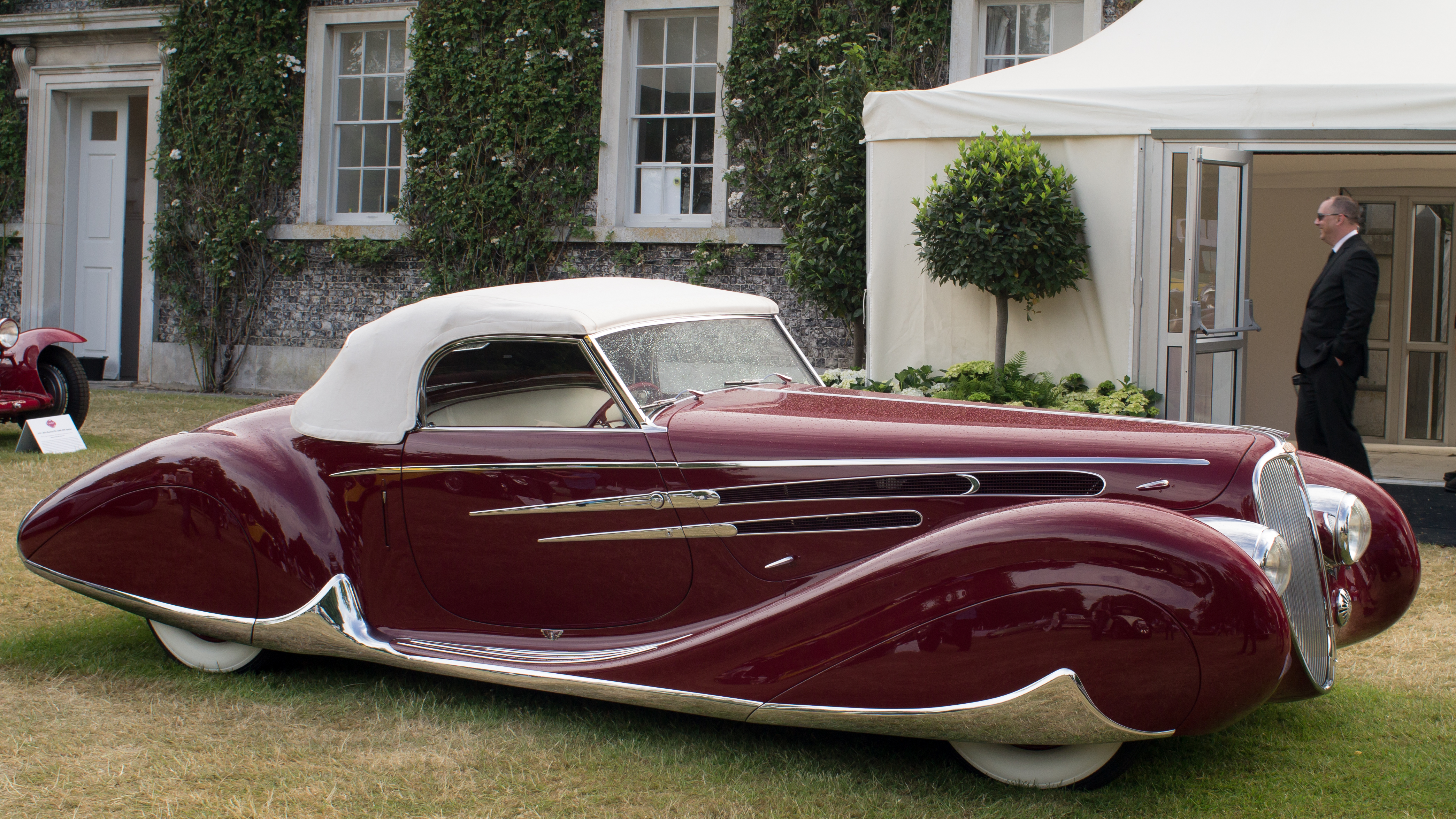
9. **Older Luxury Models**
The appeal of acquiring a luxury vehicle at a significantly reduced price on the used market can be incredibly tempting for many consumers. The dream of owning a once-exclusive Mercedes-Benz, BMW, or Audi, a vehicle that may have commanded a six-figure sum when new, now available for a mere fraction of its original price, often seems like an irresistible bargain. However, this initial savings frequently masks a lurking, pervasive financial trap, making older luxury models a category that consistently leads to massive, unforeseen repair bills for unwary buyers.
While the upfront purchase price of a depreciated luxury car may appear highly attractive, the ongoing cost of maintaining an aging high-end vehicle can be far more expensive and demanding than many anticipate. These vehicles were originally built with premium, often bespoke, materials and complex, cutting-edge systems for their era. Unlike their more utilitarian counterparts, their components do not necessarily age gracefully or cheaply. The very engineering that once defined their luxury can become a significant liability over time.
Owners of these older luxury models often find themselves confronting a dual challenge: issues such as parts scarcity for discontinued or less common components, coupled with a naturally higher frequency of breakdowns as complex systems and numerous electronic modules wear out. What might be a simple, affordable fix on a standard car can become an arduous, costly endeavor on an aging luxury model, as parts may need to be specially ordered or even fabricated, and specialized diagnostic time can accumulate rapidly.
The financial reality for these vehicles is often harsh: what initially appears to be a “steal” at first glance can quickly unmask itself as a money pit, draining savings at an alarming rate. Owners frequently discover they are facing repair bills that can easily exceed the vehicle’s current market value, turning the dream of affordable luxury into a costly, frustrating nightmare. Prudent buyers must critically weigh the allure of a low purchase price against the very real and often substantial ongoing financial commitment required to maintain an older, sophisticated, and potentially fragile machine.
**Making Informed Decisions for a Smarter Drive**
As we’ve meticulously explored the vehicles and the underlying systemic factors that collectively contribute to massive repair bills, it becomes abundantly clear that the sticker price is merely the opening chapter of a car’s financial story. For any discerning consumer, factoring in potential long-term repair and maintenance costs is not just an optional consideration, but an absolutely crucial step to avoid significant financial strain and ensure your automotive investment serves you reliably, rather than unexpectedly depleting your hard-earned savings.
The fundamental key to navigating this complex and often opaque automotive landscape lies squarely in making informed, research-backed decisions. Investing in a reliable, durably engineered, and easy-to-maintain vehicle that genuinely suits your lifestyle and fits within a sustainable budget is almost always a far more economical and stress-free strategy than being swayed solely by the immediate allure of luxury features, high-performance claims, or the prestige associated with niche brands. Ultimately, it’s about finding that optimal balance—a car that not only satisfies your immediate needs and preferences but also works for you financially, providing predictable and affordable operation long after you’ve driven it off the dealership lot.
Read more about: Tech Trouble in Every Drive: 12 Vehicle Infotainment Glitches Drivers Report as Most Frustrating
To empower yourself against the “$10,000 mistake” and similar financial pitfalls, proactive research is paramount before committing to any vehicle. Especially for models with a known propensity for high repair costs or those falling into the categories we’ve discussed, it is highly advisable to delve into online forums and owner reviews for reports of common issues and their associated repair expenses. Diligently research estimated repair costs for anticipated failures, and critically, don’t hesitate to engage with current owners for their invaluable firsthand insights into real-world ownership costs. By arming yourself with comprehensive knowledge and asking the right questions now, you can confidently steer clear of costly surprises and instead secure a more predictable, affordable, and ultimately enjoyable ownership experience down the road.


